23.10 zł
Zamówienie wyślemy do 00 00 00
| Autor | |
|---|---|
| ISBN | |
| Rok wydania | |
| Liczba stron | |
| Format | |
| Cena katalogowa |
Table of contents
Introduction
CHAPTER 1 Translation in the 21st century
1.1 The challenges of the information age
1.2 Crucial skills for the jobs of the future
1.3 The future of the translation profession
1.3.1 Bright or bleak future for human translators?
1.4 New profiles required by the translation industry
CHAPTER 2 Translator training in the 21st century
2.1 Millennials as the new generation of learners
2.2 Educating the Millennials
CHAPTER 3 Teaching translation in the 21st century: Millennial brains need infotainment
3.1 Uses and gratifications theory
3.2 Infotainment in the media and in the classroom
3.3 Human brain and its enormous learning capacity
3.3.1 Attention
3.3.2 Emotions
3.3.3 Motivation
3.4 Neurodidactics and brain-friendly learning and teaching
3.4.1 Neurodidactics vs the traditional education system
3.4.2 Principles of brain-based learning
CHAPTER 4 Help them find their way in the information chaos
4.1 Selecting and evaluating information sources
4.2 Online resources for translators
CHAPTER 5 Teach them to effectively read the source text
5.1 Reading for translation
5.2 Reading methods of translator-readers
5.3 Reading for translation: sample tasks
CHAPTER 6 Encourage them to adopt a problem-solving approach
6.1 What is problem solving?
6.2 Tips for effective use of problem-solving approach
6.3 Problem-solving step by step
6.4 Problem-solving approach: pros and cons
CHAPTER 7 Encourage out-of-the box thinking
7.1 What is creativity and why it matters
7.2 Creativity: a teachable skill?
7.3 How to promote creativity in the classroom
7.4 How To Awaken One’s Creative Potential
CHAPTER 8 Help them fight the negative impact of interference
8.1 Interference, backlash interference, positive and negative transfer
8.2 Translation errors
8.3 Experiment illustratng the problem of backlash interference in translation
8.4 Fighting the negative impact of interference: practical activities
8.4.1 Practise translation with the use of parallel texts
8.4.2 Teach them to effectively use dictionaries and online sources
8.4.3 Make them aware of false friends
8.4.4 Make the classes process- rather than product-oriented
8.4.5 Introduce elements of the Polish stylistics
CHAPTER 9 Make translation classes attractive and memorable
9.1 Mistranslations around the world
9.2 Nonsense translation
9.3 The not-entirely-lost art of punning
9.4 Google translate knows best
9.5 The sky is the limit
CHAPTER 10 Be sensitive to psychological aspects of being a translation trainee
10.1 Motivation and self-belief
10.2 Student’s autonomy
10.3 Time management
10.4 Coaching your students and yourself
10.4.1 Coaching and NLP when working with students
10.4.2 Coaching and NLP as tools for teacher’s development Instead of conclusion References

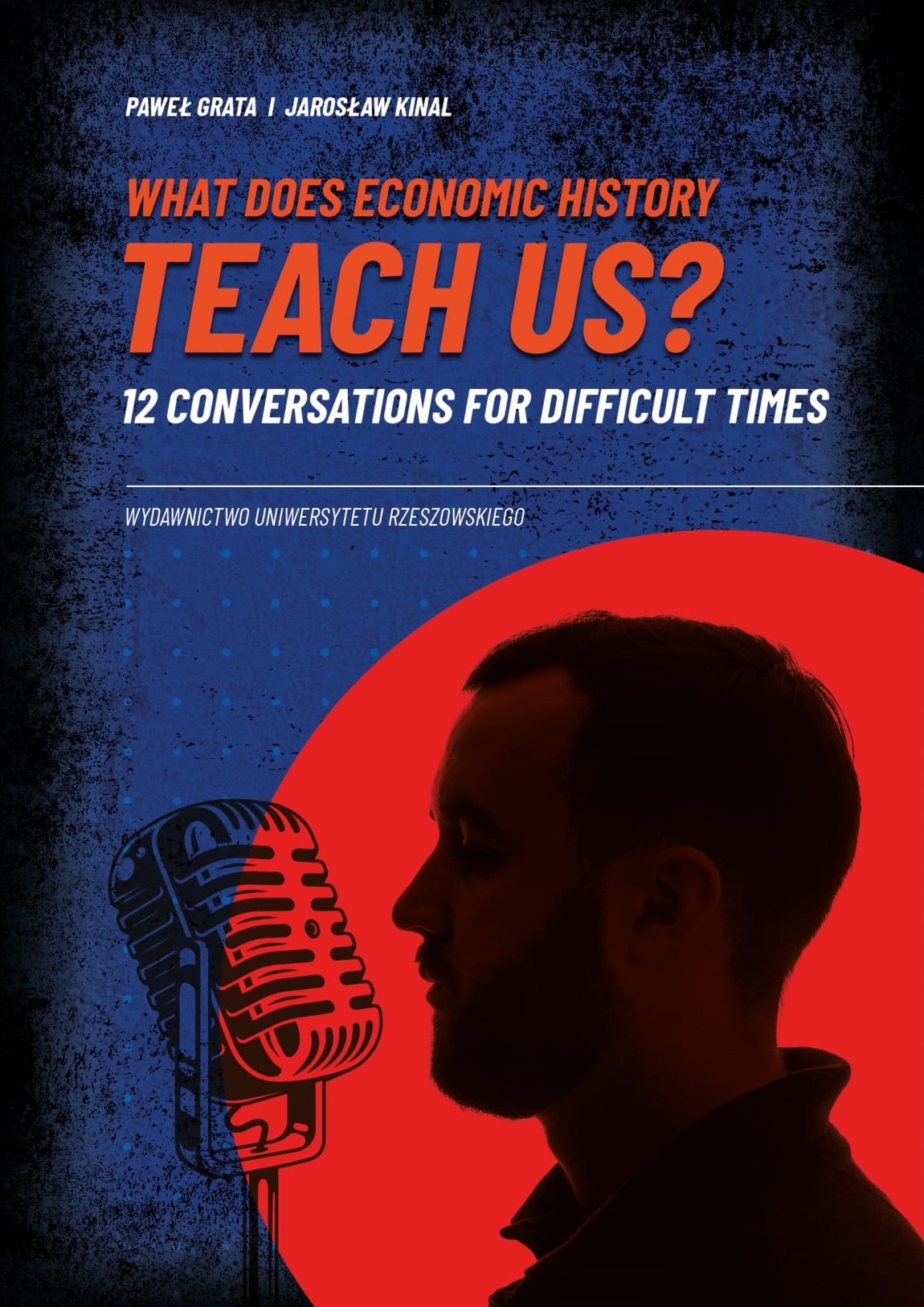


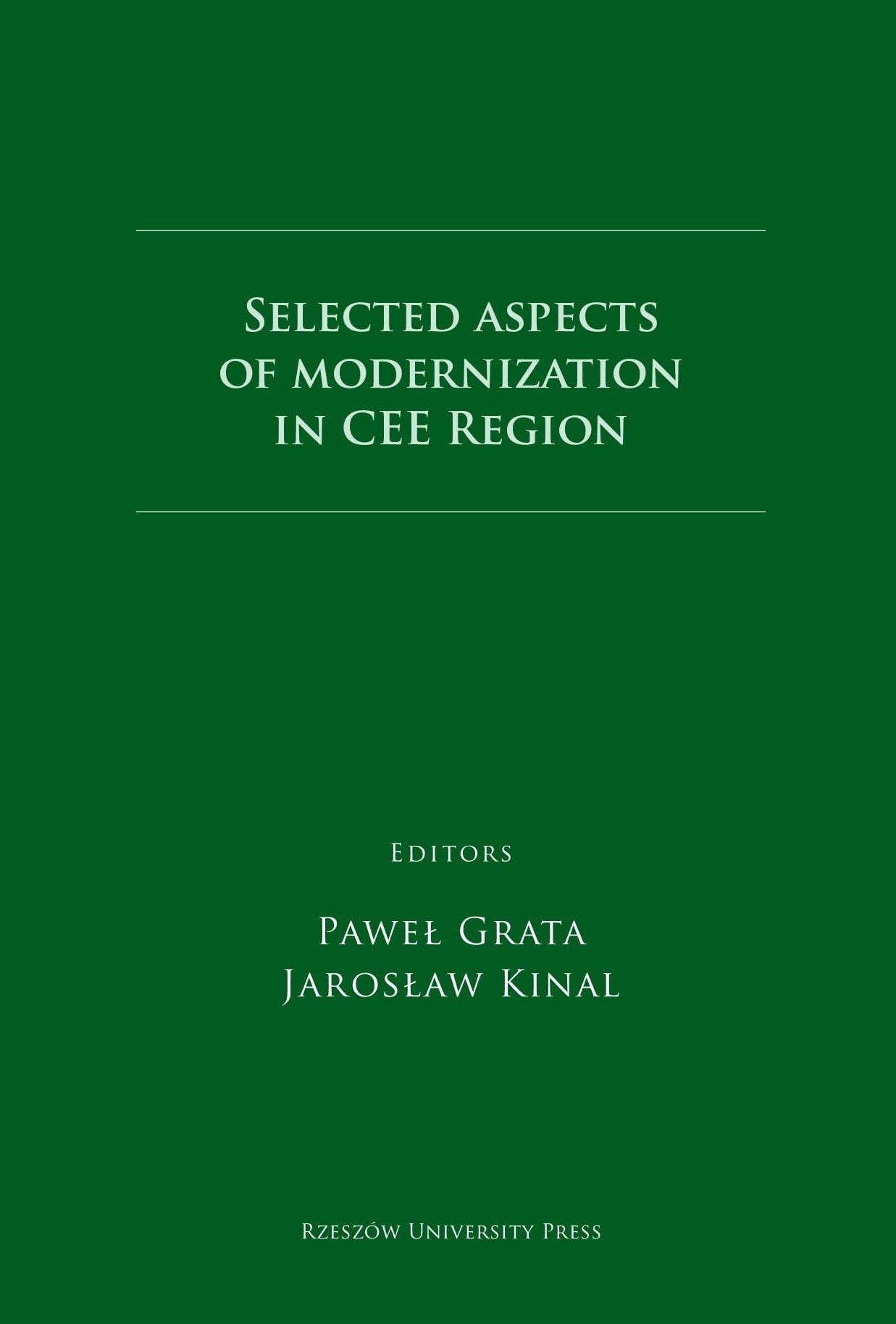
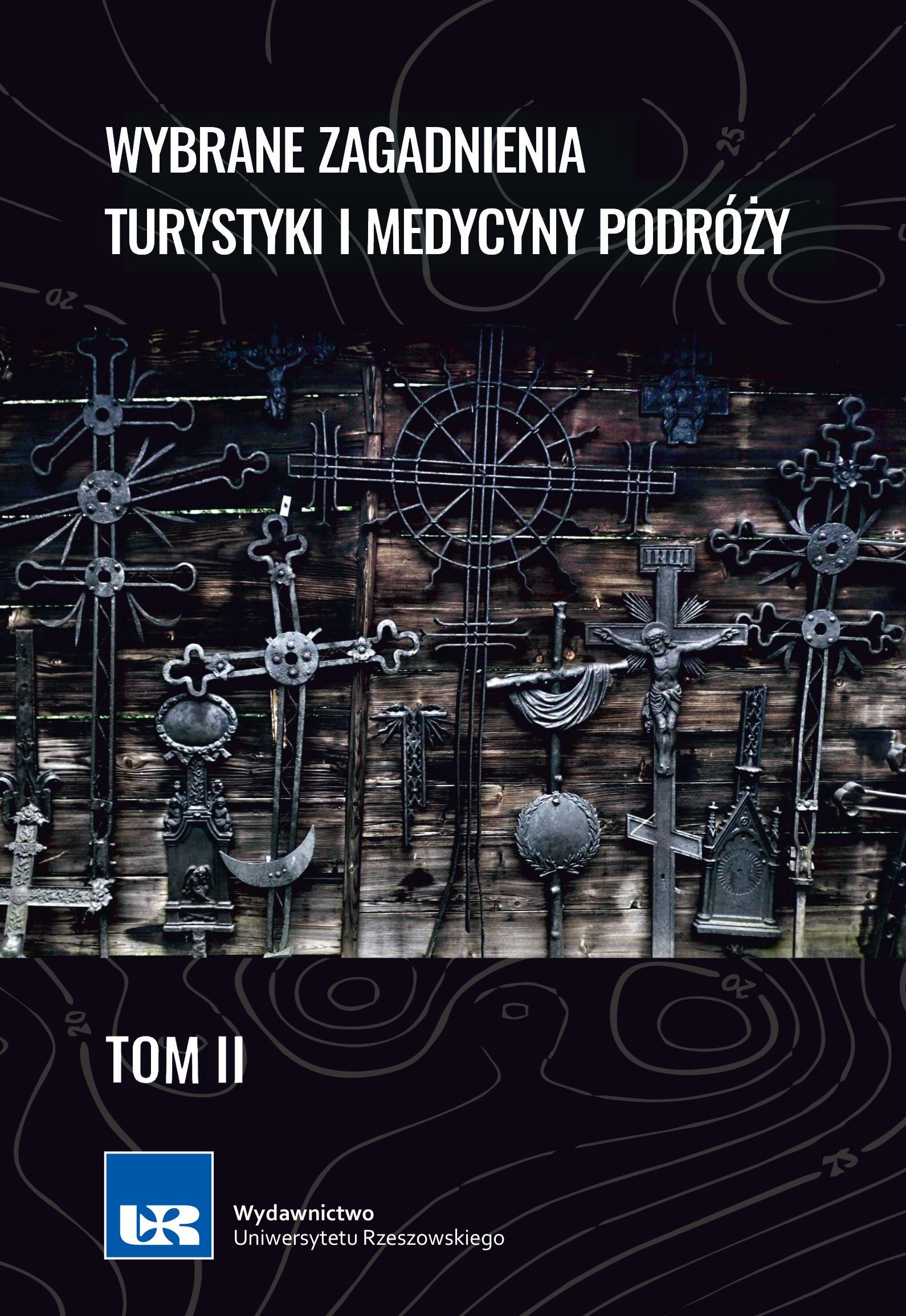
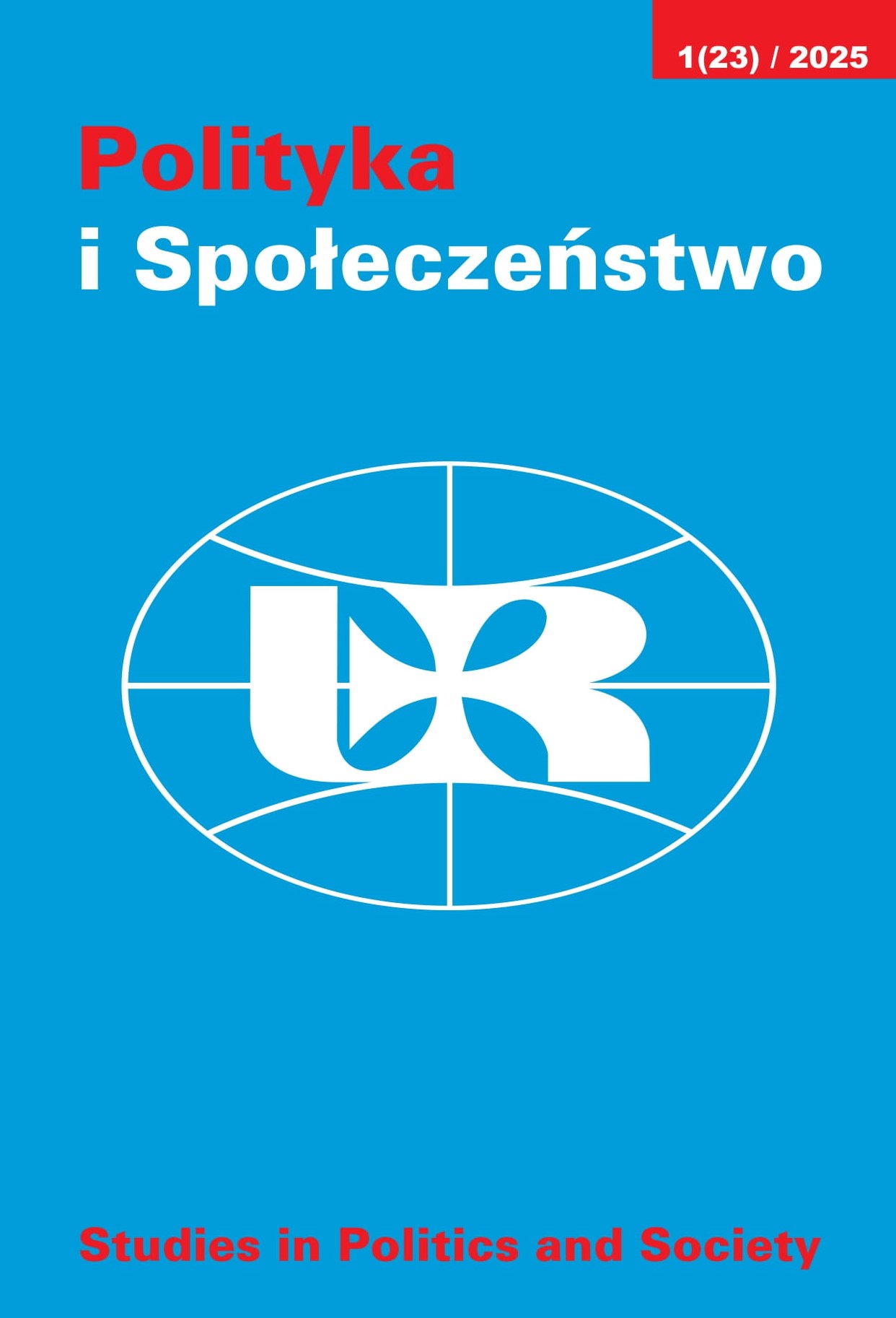
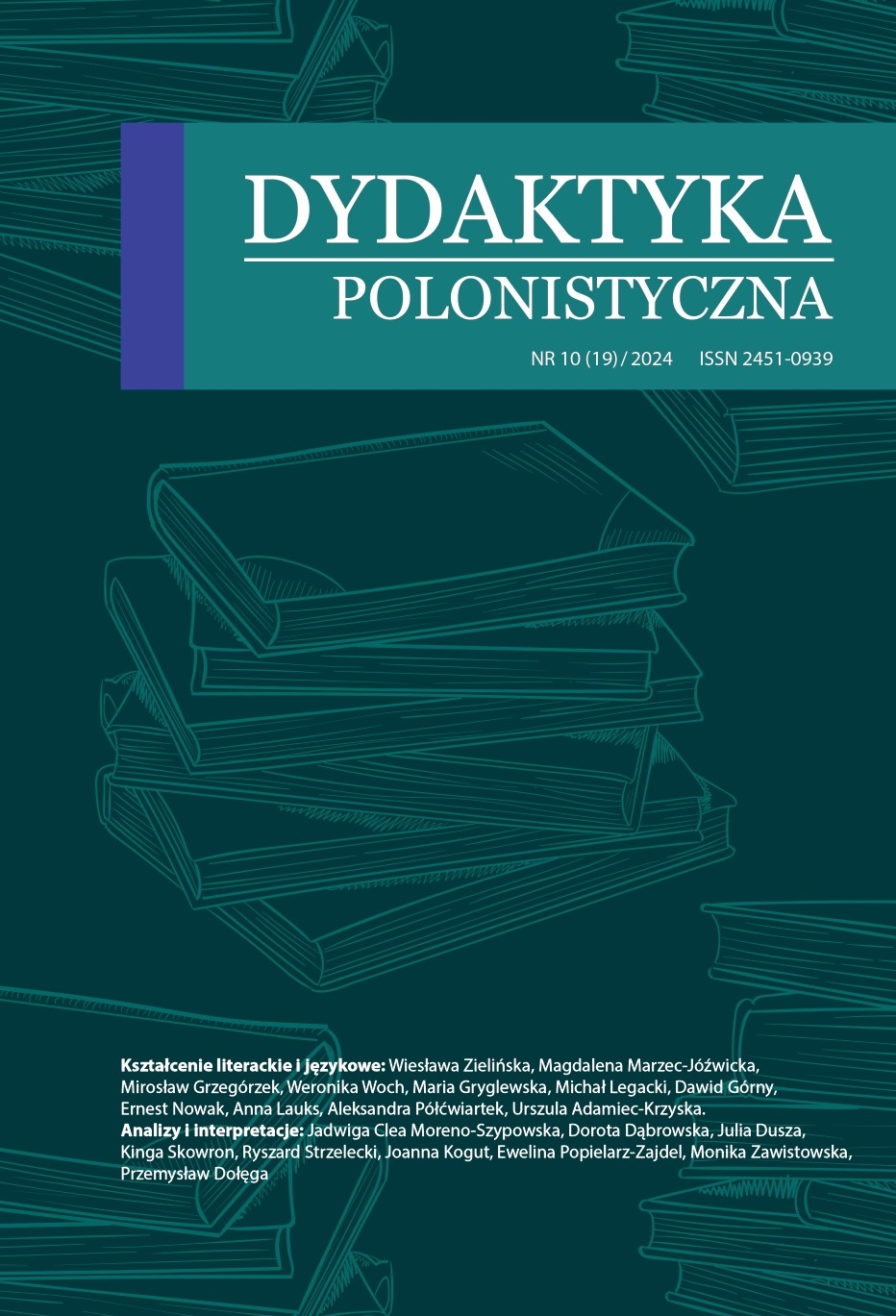
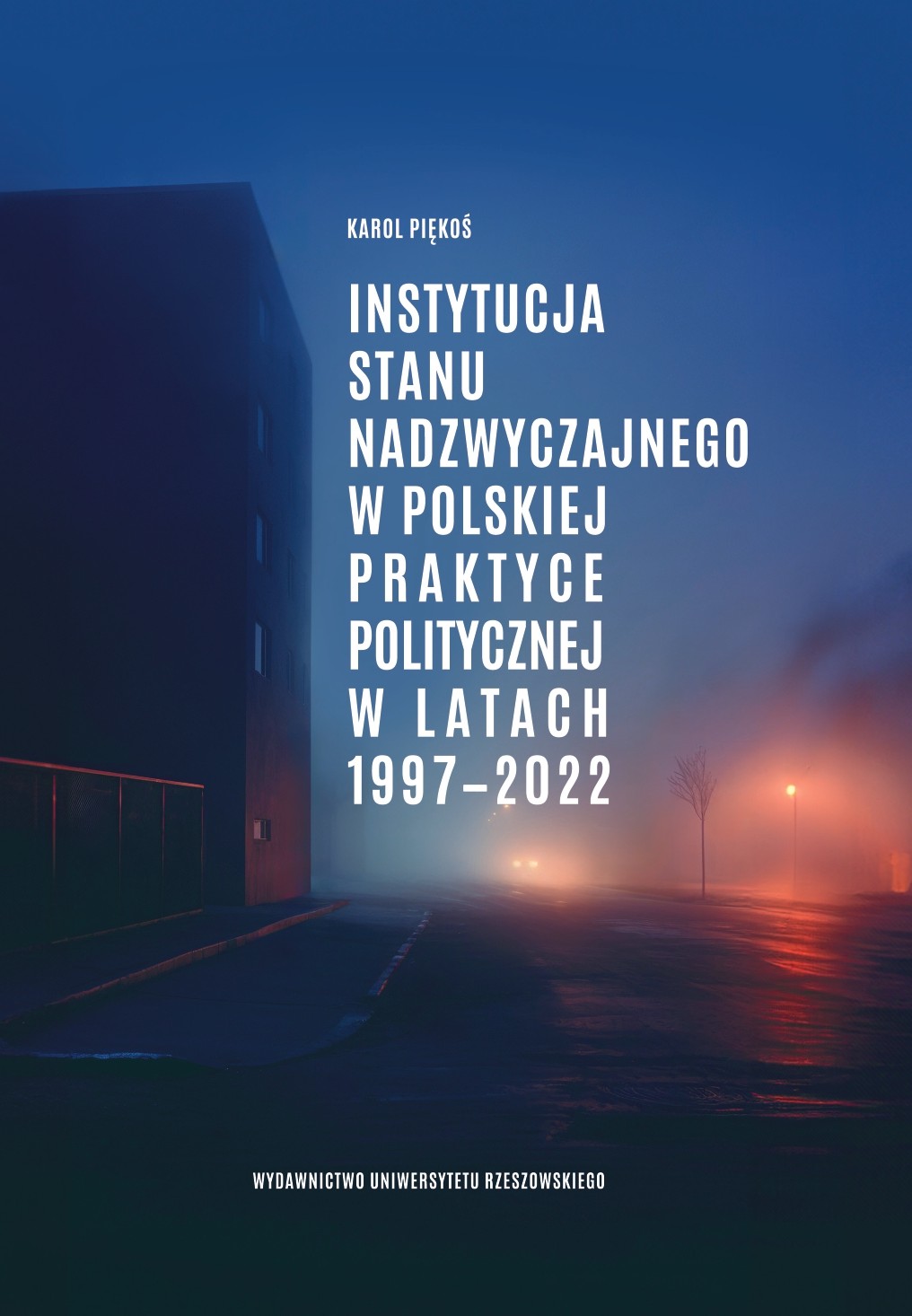
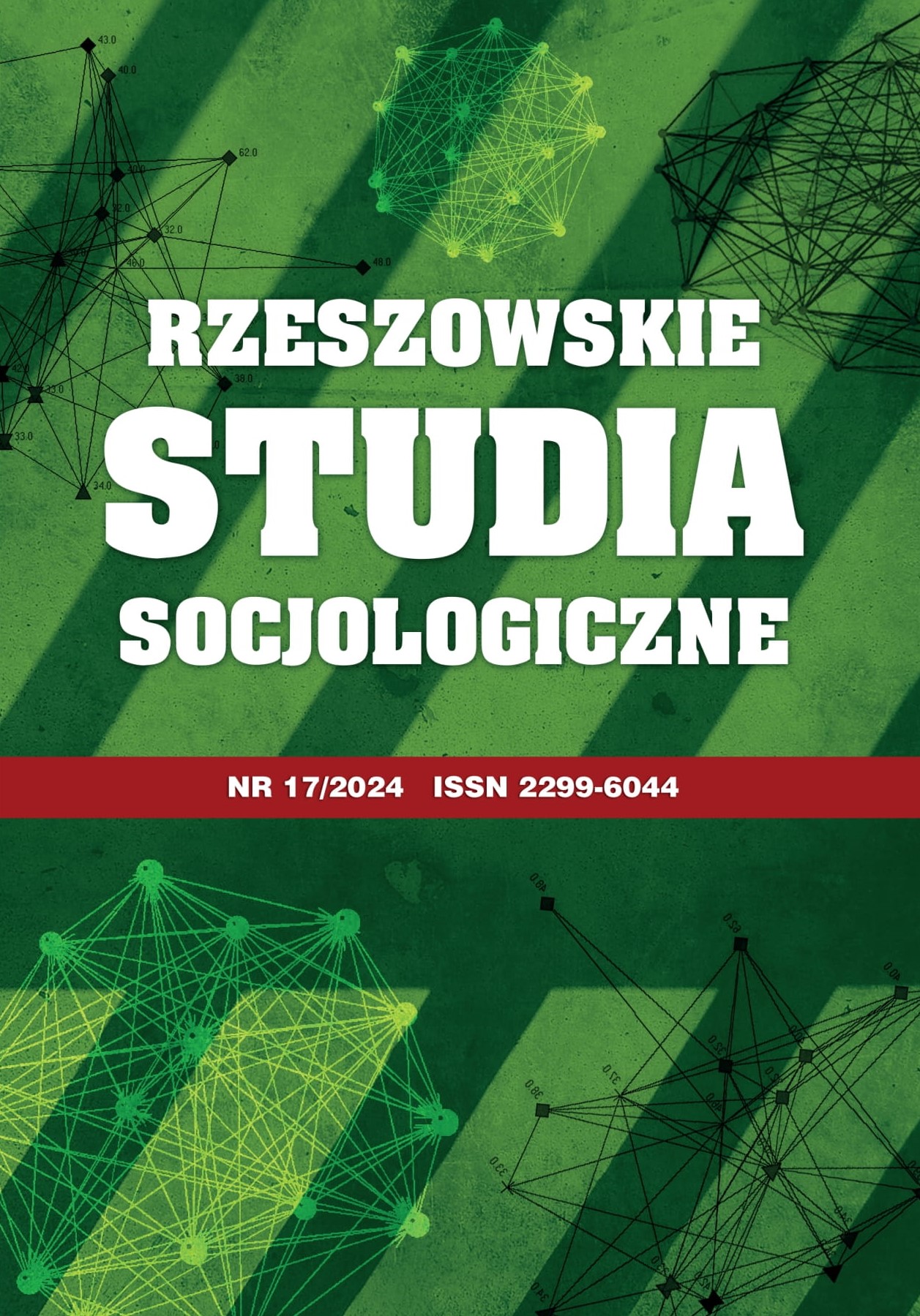

Copyright © 2025
wydawnictwo@ur.edu.pl
tel. 017 872 13 69 (Kolportaż)
tel. 017 872 14 37 (Dyrektor)
faks: 17 872 14 26
e-mail: wydawnictwo@ur.edu.pl
Adres:
ul. prof. St. Pigonia 6, 35-310 Rzeszów